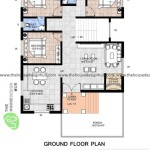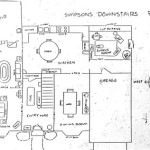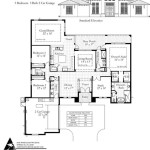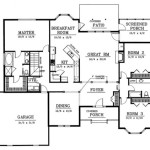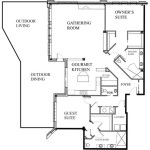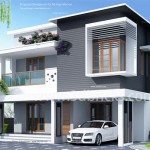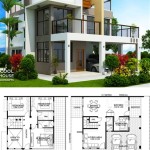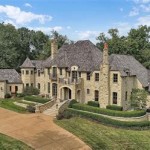CQB Shoot House Plans: Critical Considerations for Design and Construction
Close-quarters battle (CQB) training demands realistic and adaptable environments. A well-designed shoot house provides the critical infrastructure for honing essential skills in dynamic, high-stress scenarios. Developing effective CQB shoot house plans requires careful consideration of numerous factors, encompassing safety protocols, training objectives, and budgetary constraints.
The initial phase of planning involves defining the training objectives. Different agencies and units have varying requirements. Law enforcement may prioritize room clearing, hostage rescue, and active shooter response, while military units might focus on urban warfare and special operations tactics. Clearly articulating these objectives will inform the design process and ensure the shoot house caters to the specific needs of the end-users.
Safety is paramount in CQB training. Shoot house plans must incorporate robust safety features to mitigate risks. This includes specifying ballistic-resistant materials for walls, doors, and windows. The selection of appropriate materials, such as reinforced concrete, steel, or specialized ballistic panels, depends on the type of ammunition used during training. Clear lines of sight for instructors and safety officers are essential for monitoring trainees and intervening if necessary. Emergency exits and clearly marked safety zones within the structure are crucial for rapid evacuation in case of unforeseen events.
The layout of the shoot house should reflect the complexity and realism of the intended training scenarios. Modular designs offer flexibility, allowing for reconfiguration of walls and doorways to create diverse layouts. This adaptability keeps training scenarios fresh and challenging, preventing trainees from becoming overly familiar with a single configuration. Incorporating multiple rooms, hallways, stairwells, and doorways of varying sizes allows for the simulation of various tactical challenges.
Targetry systems play a vital role in enhancing training realism. Integrating advanced target systems allows for the implementation of interactive scenarios and the measurement of trainee performance. Moving targets, pop-up targets, and interactive targets that react to hits provide a more dynamic and engaging training experience. Data logging capabilities within the target system can track hits, misses, and reaction times, providing valuable feedback for individual trainees and overall unit performance.
Environmental considerations can further enhance the realism of CQB training. Incorporating features such as low-light or no-light conditions, sound effects, and simulated obstacles like furniture and debris adds layers of complexity that more closely resemble real-world scenarios. The ability to control lighting levels within the shoot house allows instructors to vary the difficulty of training exercises and prepare trainees for operations in diverse environments.
Budgetary constraints are a significant factor in the design and construction of a CQB shoot house. Balancing functionality with affordability is crucial. Prioritizing essential features and exploring cost-effective materials can help optimize resource allocation. Phased construction approaches, where the shoot house is built in stages, can spread the cost over time and allow for adjustments based on evolving training needs and budget availability.
Collaboration with experienced architects and contractors specializing in the design and construction of tactical training facilities is essential. Their expertise in ballistic materials, safety protocols, and construction techniques ensures the final product meets the required standards and provides a safe and effective training environment. Early involvement of these professionals in the planning process can help identify potential challenges and optimize design solutions.
Regular maintenance and inspections are crucial for the long-term functionality and safety of the shoot house. Establishing a comprehensive maintenance plan that includes regular inspections of ballistic materials, target systems, and structural integrity helps identify and address potential issues before they escalate. Proper maintenance prolongs the lifespan of the facility and ensures it continues to provide a safe and effective training environment.
The design and construction of a CQB shoot house represent a significant investment. Careful planning, consideration of training objectives, and adherence to strict safety standards are essential for creating a valuable training asset. A well-designed shoot house provides a controlled environment for honing critical skills, enhancing tactical proficiency, and ultimately improving operational readiness.
Technological advancements continue to shape the landscape of CQB training. Integrating new technologies, such as virtual reality and augmented reality, can enhance training scenarios and provide immersive experiences. These technologies can supplement live-fire training by allowing trainees to practice procedures and decision-making in a safe and controlled virtual environment before transitioning to live-fire exercises in the shoot house.

Modular Shoot Houses Trango

Trango Modular Shoot Houses
Live Fire Shoot Houses

Trango Modular Shoot Houses
Live Fire Shoot Houses

Inflatable Shoothouse Survitec

Shoot House Training Facilities Build A Simtek Modular

Range Systemss M A S H Systems

Trango Modular Shoot Houses

Mobile Modular Shoot House Mmsh Kontek Industries

